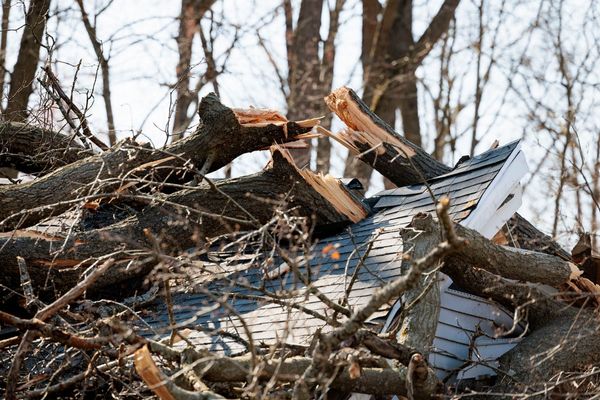A cane-toad sausage food-drop project that aims to protect endangered northern quolls in the Kimberley has produced mixed results, according to researchers who say more data is needed.
The poisonous cane toads have caused ecological devastation across the region since they arrived more than a decade ago, killing native species such as lizards, quolls and snakes which prey on them.
Since 2018, researchers have used an elaborate aerial baiting method to help protect those species which has been found to be most effective with northern quolls.
Cane-toad sausages laced with a nausea-inducing chemical have been dropped from helicopters ahead of the toads' front line.
The aim is for animals to become sick from eating the baits, teaching them to avoid the toads just as the pest moves into their habitats.
State government principal research scientist David Pearson said so far it had been difficult to tell to what extent the project was working.
"There are certainly challenges… toads are moving in the wet season which is the hardest time of year to get around in the Kimberley and really confines us to using helicopters to do the drop."
"And at the moment we have no other technique to improve the the quolls' survival."
Did quolls take the bait?
The pandemic has interrupted data collection, but Dr Pearson said even still it could take years before the effectiveness of the bait drops become clear.
"Certainly in some of our other study areas there has been a total disappearance of quolls. So the fact there has been quolls in areas which have been baited is good," he said.
But he said conversely quolls have also been found in sites which were not baited.
"Once you've had some survival there will be dispersal of animals so that also complicates your interpretation of whether the baiting has been successful or not," Dr Pearson said.
Front line moves to the coast
Parks officer Sara McAllister coordinated this year's cane toad muster out of Kununurra in the East Kimberley, which wrapped up last week.
Every year residents and community groups help catch the toads, before they are humanely gassed and butchered so their leg meat alone can be turned into sausages.
She said this year's batch would be dropped in Dambimangari country, given the current cane toad front line is thought to be only 50 kilometres east of Derby.
"The environment is in really good condition out there so we would like to be able to protect as many species as possible," she said.
Trainee Yawuru ranger Peter Roe said he was proud to be part of the baiting project, given the impact cane toads have on his culture.







